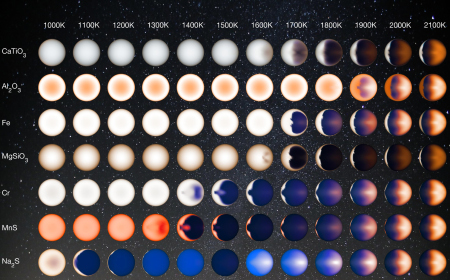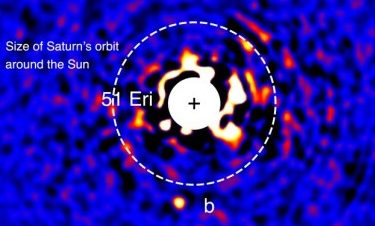Garbage in, garbage out: Using statistical computer modeling only, NASA today announced that they are certain that almost a third of Kepler’s candidate exoplanets are really exoplanets.
Analysis was performed on the Kepler space telescope’s July 2015 planet candidate catalog, which identified 4,302 potential planets. For 1,284 of the candidates, the probability of being a planet is greater than 99 percent – the minimum required to earn the status of “planet.” An additional 1,327 candidates are more likely than not to be actual planets, but they do not meet the 99 percent threshold and will require additional study. The remaining 707 are more likely to be some other astrophysical phenomena. This analysis also validated 984 candidates previously verified by other techniques.
This is actually a stupid announcement. They haven’t learned a damn thing from this statistical analysis, but are merely saying that because Kepler found a lot of candidates, a lot of those candidates must be real planets. Worse, NASA is also implying here that confirming some of these candidate exoplanets by hard observations is now really unnecessary, since they can do it statistically.
This smacks of the corruption that has ruined much of climate research, allowing a computer model to replace actual observations. Big mistake. But I also suspect this announcement occurred for the same reasons: NASA wishes to justify its work and its funding, and thus decided to make a big deal about this very minor statistical analysis in order to puff up the discoveries of Kepler, even though there is no reason to do so.
I expect a lot of mainstream news organizations to write big puff pieces extolling this announcement in the coming days, which will once again prove that almost no one in journalism today has the slightest ability to apply their own independent analysis to the press releases they receive.


